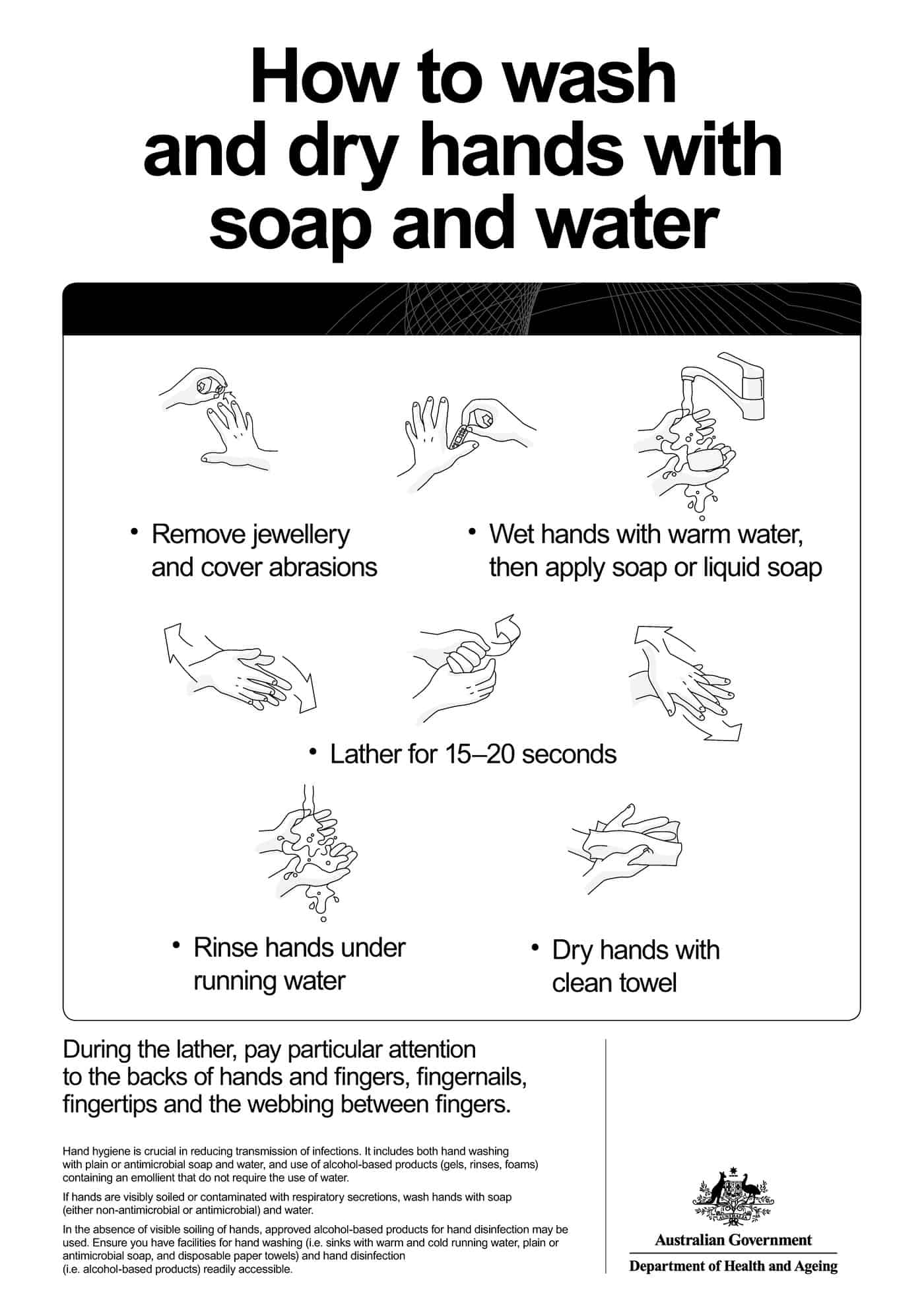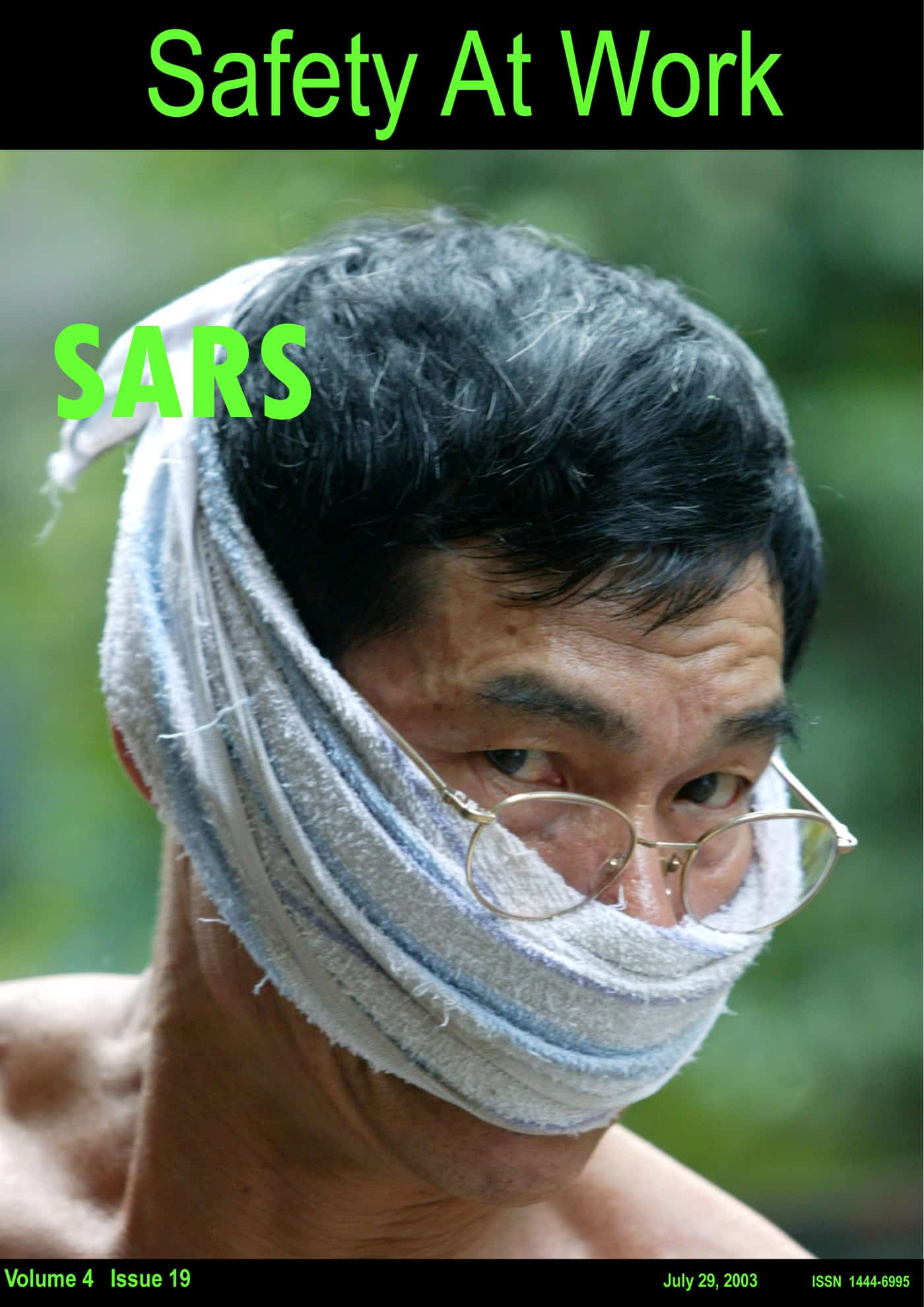Not so long ago, it was considered a legitimate criticism to blame the individual for “doing the wrong thing” at work. Depending on the type of worksite, this was considered “human error” or “bloody stupid”.
Fatigue is an interesting illustration of how occupational health and safety must cope with new perspectives on established hazards. Australian OHS legislation operates on a responsibility to manage the systems of work in a workplace, of which only one element is the worker.
A good incident investigation goes beyond the incident to see what led up to a worker acting the way they did, the reasons behind the decision. Instead of “tell me about your childhood”, OHS practitioners can legitimately ask “tell me about your sleep patterns”, or “tell me about your second job”, or “tell me about your relationship with your partner”, as these can be contributory factors to the decision made on the day or the work environment at the time of the incident.
Some recent AAP articles provide interesting examples of the different contexts in which fatigue as a workplace issue can manifest:
“Ambulance Employees Australia (AEA) said weary paramedics had fallen asleep at the wheel and administered wrong drugs because they did not have enough time off between shifts.
They have called for a minimum 10-hour break between shifts, compared with eight hours under the current award.
But Ambulance Victoria has said the fatigue issue was one of 175 union claims, which it said sought $800 million from pay talks.”
“Investigators examining the near-catastrophe at Melbourne Airport last month are exploring whether fatigue was a factor after being told the pilot had barely slept the day before the flight.
Emirates pilots are permitted to fly a maximum of 100 hours each 28 days and the pilot was also almost at the legal threshold of the number of hours he was able to fly.
Emirates has issued a statement saying safety was a top priority for the airline.”
A higher priority than a good night’s sleep apparently! Clearly it is the spread of hours that is the issue not the total over a fixed period.
Both these examples relate to workers’ interactions with the public and reflect the complexity of OHS’s spread to public safety.
It seems that every investigation now automatically assesses the fatigue level, or impairment, of the participants in incidents in the same way mobile phone records are checked in car accidents and blood-alcohol levels or drug testing in some industrial events.
If your OHS professional does not consider psychosocial issues in developing safety management plans or incident investigation, seek a second opinion, or better yet, make sure the first opinion is comprehensive.


